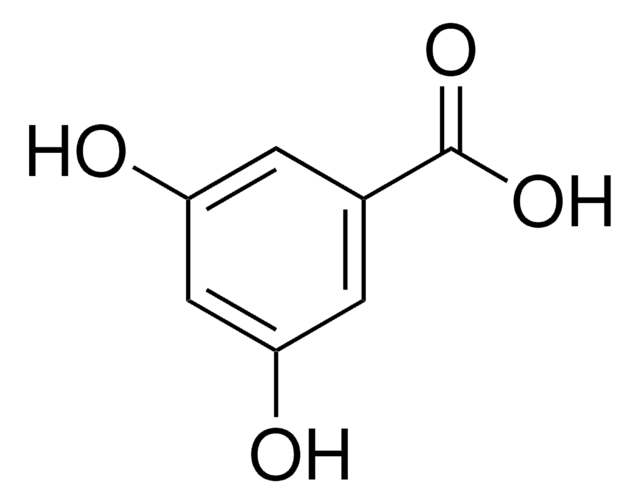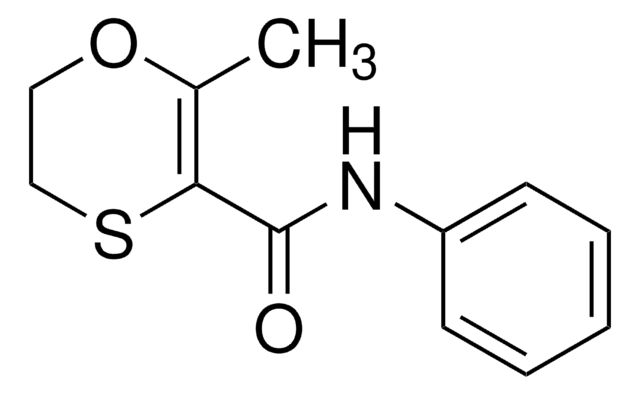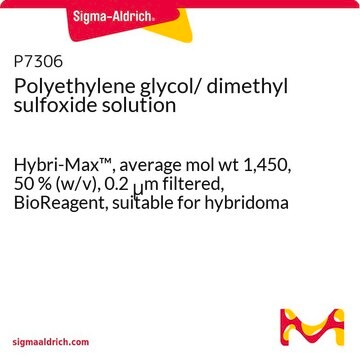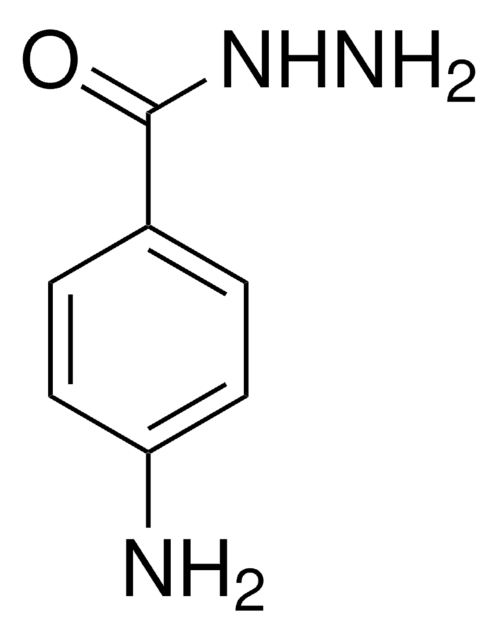S607
Salicylhydroxamic acid
99%
Synonym(s):
2-Hydroxybenzohydroxamic acid, N,2-Dihydroxybenzamide
About This Item
Recommended Products
Assay
99%
mp
177 °C (dec.) (lit.)
SMILES string
ONC(=O)c1ccccc1O
InChI
1S/C7H7NO3/c9-6-4-2-1-3-5(6)7(10)8-11/h1-4,9,11H,(H,8,10)
InChI key
HBROZNQEVUILML-UHFFFAOYSA-N
Looking for similar products? Visit Product Comparison Guide
Application
- To prepare phenylboronic acid-based bioconjugates for chromatographic applications.
- As a ligand to synthesize Fe(III), Cu(II), Ni(II) and Zn(II) complexes.
- As a selective collector in the segregation of oxide minerals using the flotation method.
Signal Word
Warning
Hazard Statements
Precautionary Statements
Hazard Classifications
Acute Tox. 4 Dermal - Carc. 2 - Eye Irrit. 2 - Skin Irrit. 2 - STOT SE 3
Target Organs
Respiratory system
Storage Class Code
11 - Combustible Solids
WGK
WGK 3
Flash Point(F)
Not applicable
Flash Point(C)
Not applicable
Personal Protective Equipment
Certificates of Analysis (COA)
Search for Certificates of Analysis (COA) by entering the products Lot/Batch Number. Lot and Batch Numbers can be found on a product’s label following the words ‘Lot’ or ‘Batch’.
Already Own This Product?
Find documentation for the products that you have recently purchased in the Document Library.
Customers Also Viewed
Our team of scientists has experience in all areas of research including Life Science, Material Science, Chemical Synthesis, Chromatography, Analytical and many others.
Contact Technical Service
















